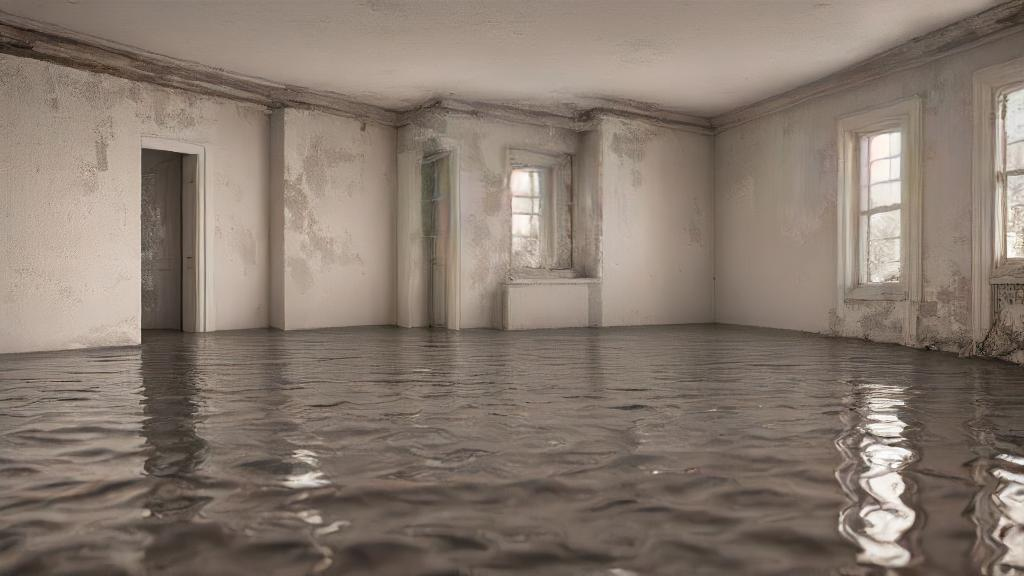Introduction
Carpets are more than just floor coverings; they’re an integral part of interior design, adding warmth and comfort to any space. However, when water damage strikes, they can quickly become a source of stress and health hazards. In this comprehensive guide, we’ll explore the causes of water damage to carpets, the steps to clean and dry them effectively, and when it might be necessary to replace them. Let’s dive in.
Understanding Water Damage to Carpets
How Does a Carpet Get Water Damage?
Water damage to carpets can occur due to various reasons, ranging from clean water leaks to sewage backups. Clean water damage may result from rainwater flooding, appliance malfunctions, or plumbing issues. On the other hand, greywater and blackwater damage, containing contaminants, pose more significant health risks. Additionally, hidden leaks can gradually saturate carpets, leading to unnoticed damage until a musty odor alerts homeowners.
Also Read: Water Damage Miami: Dealing with Emergencies in the Magic City
Cleaning a Water-Damaged Carpet
Steps for Cleaning a Carpet Wet with Clean Water
When faced with a water-damaged carpet, immediate action is crucial. Here’s a step-by-step guide to cleaning carpets affected by clean water:
- Extract Water from the Carpet: Remove furniture and excess water using pumps or buckets. Consider professional help for thorough extraction.
- Dry the Carpet: Enhance airflow by opening windows and using fans. Dehumidifiers can expedite the drying process, and removing the carpet from the floor aids in preventing mold growth.
- Replace the Padding: Damaged carpet padding may need replacement to prevent further issues.
- Exercise Patience: Drying can take up to three days, so patience is essential throughout the process.
Addressing Sewage Overflow Damage
Cleaning carpets affected by sewage overflow requires extra caution. Follow these steps to minimize health risks:
- Prioritize Protection: Wear protective gear before tackling sewage-contaminated carpets.
- Evaluate Damage: Assess the extent of the damage to determine if restoration is feasible.
- Thorough Cleaning: Use wet vacuums or towels to remove sewage water, disinfect the carpet, and promote drying.
- Drying Process: Utilize fans, dehumidifiers, and open windows to facilitate drying, ensuring no moisture remains.
Additional Tips for Carpet Cleaning and Drying
- Remove furniture from the affected area.
- Utilize heaters or dehumidifiers, especially in cold weather.
- Combine airflow, dehumidification, and heating methods for efficient drying.
Understanding Mold Growth in Carpets
Mold thrives in moist environments, making water-damaged carpets susceptible to infestation. Prompt action is essential to prevent mold growth, as it can lead to structural damage and health issues. Signs of mold include musty odors, respiratory problems, and discoloration of the carpet surface.
Drying Wet Carpets After Water Damage
Effective drying methods are crucial for preventing mold growth. Employ the following techniques to expedite the drying process:
- Wet-Dry Vacuum: Remove excess moisture using a wet-dry vacuum with strong suction.
- Fan: Increase airflow with ceiling fans or portable fans directed towards the carpet.
- Dehumidifier: Reduce humidity levels to aid drying, especially in enclosed spaces.
- Heater: Use heaters or HVAC systems to generate warm air, expediting evaporation.
- Open Windows: Allow natural airflow to aid in drying, particularly in well-ventilated areas.
Determining the Need for Carpet Replacement
Deciding whether to replace water-damaged carpets depends on several factors:
- Extent of Water Damage: Severe damage may necessitate replacement to ensure safety and hygiene.
- Duration of Exposure: Prolonged exposure to water increases the risk of mold growth, warranting replacement.
- Type of Water Damage: Contaminated water sources may render carpets unsalvageable.
- Condition of the Carpet: Old or damaged carpets may not be worth salvaging, considering potential health risks.

Seeking Professional Assistance
While DIY methods can address minor water damage, professional help may be necessary for extensive damage or sewage backups. Experienced technicians possess the expertise and equipment to ensure thorough cleaning and restoration. Additionally, they can assist with insurance claims, streamlining the restoration process for homeowners.
Also Read: Water Damage Austin: Protecting Homes and Businesses in Central Texas
Conclusion
Water damage to carpets is a serious issue that requires prompt and effective action. By understanding the causes of water damage, implementing proper cleaning and drying techniques, and knowing when to seek professional assistance, homeowners can mitigate risks and ensure the safety and longevity of their carpets. Remember, timely intervention is key to preserving the comfort and aesthetics of your home in the face of water-related challenges.










